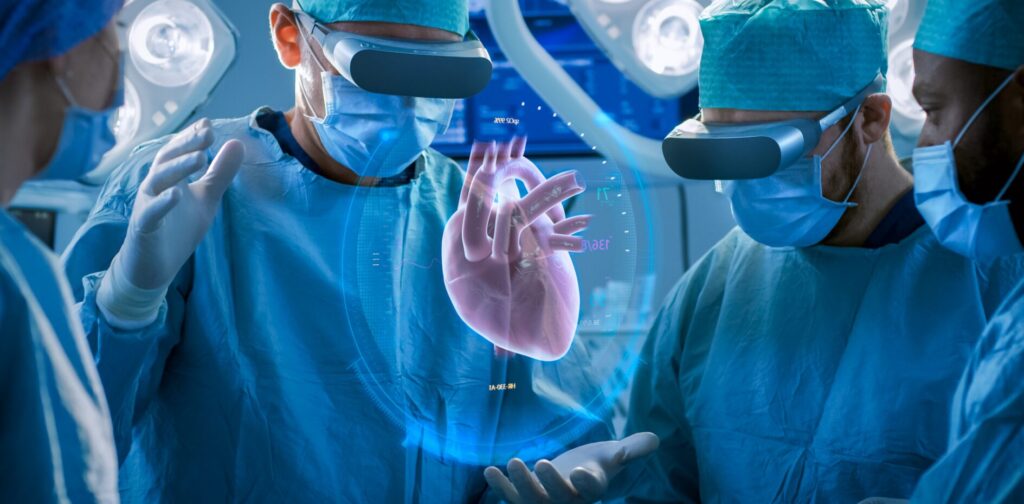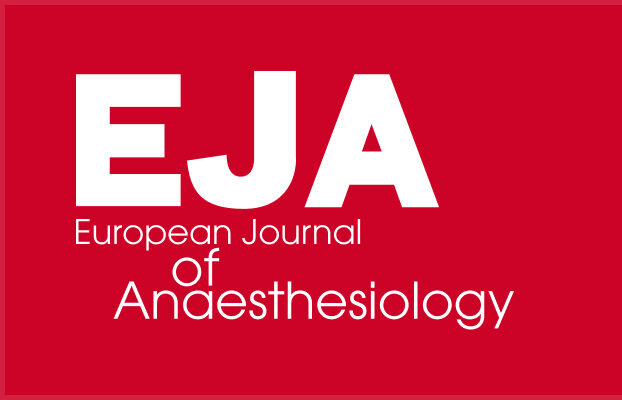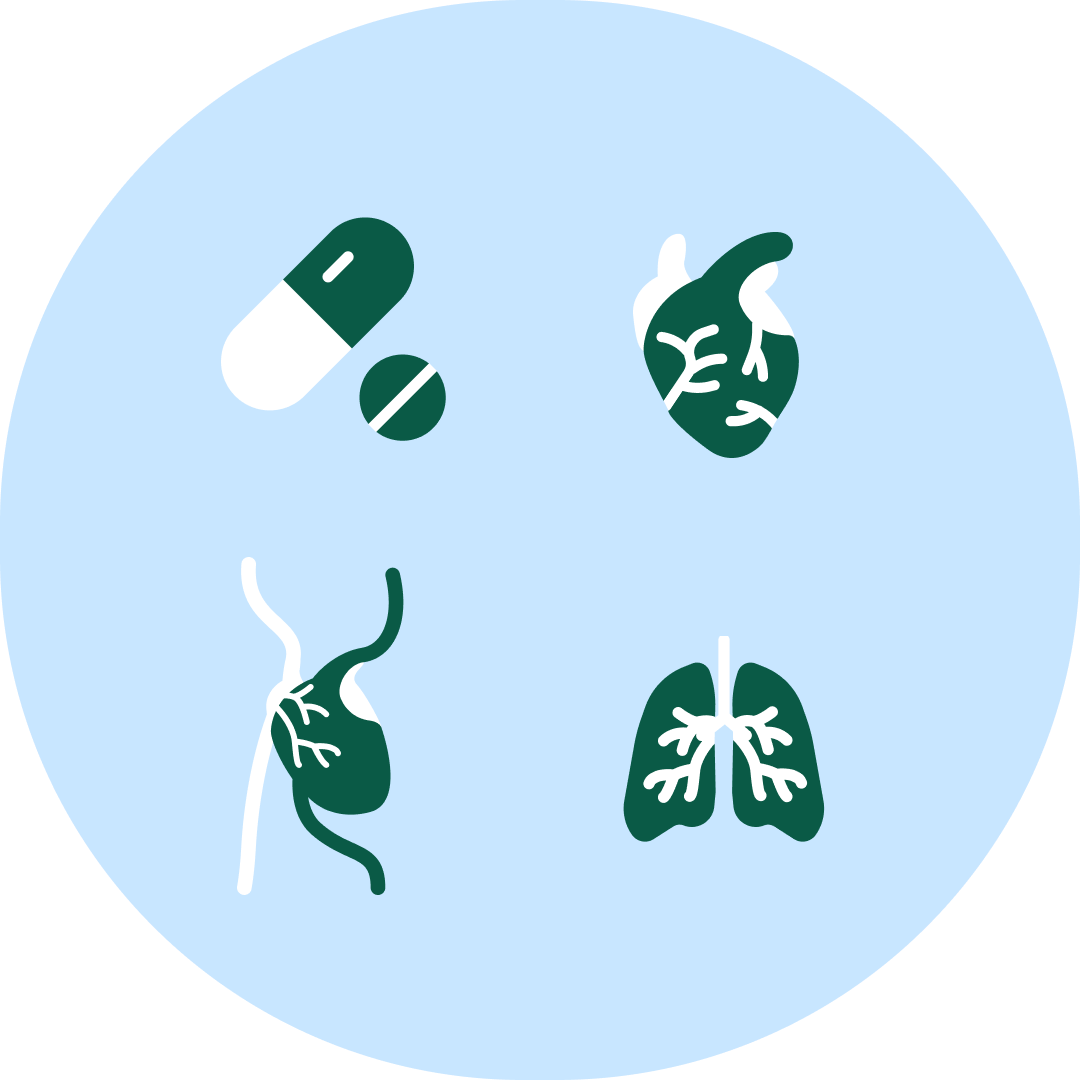Congress Newsletter 2024
Virtual reality technology may raise the game in perioperative care
When we talk about virtual reality (VR), most of us imagine adolescents immersed in the synthetic world of computer gaming. But what if physicians could use VR technologies to up their game in perioperative care?
The recent development of advanced VR tools has enabled surgeons to virtually explore a human brain before performing a procedure, enhancing efficiency and situational awareness during the actual surgical procedure. Information shared during the Euroanaesthesia 2024 meeting will reveal how VR applications may help anaesthesiologists and intensive care doctors improve patient care and hone their skills through innovative training methods. Panel members from Israel, the Netherlands, and the United States of America will address the potential advantages of using VR applications in medical education and training and in procedural planning, providing participants with the tools needed to implement VR solutions in their own institutions.

Non-pharmacologic techniques are increasingly being used to facilitate and promote preoperative anxiolysis and sedation, and to reduce the risk for adverse events in the perioperative period. Recent research suggests that, when used as a distraction technique, VR may also reduce the need for analgesia. A study conducted in the Netherlands, which investigated the use of VR exposure as a preparation tool for elective surgery in children, showed that VR applications decreased the need for rescue analgesia in children who underwent procedures that cause significant postprocedural pain.1 The researchers explained that future studies enrolling children with higher levels of pain and anxiety are needed to clarify the effects of VR applications on child and parental anxiety and their impact on emergence delirium during the recovery period. Lonneke M. Staals, MD, PhD, a paediatric anaesthesiologist at the Erasmus MC Sophia Children’s Hospital, in Rotterdam, the Netherlands, who co-authored the study, will provide updates on the use of VR technology for perioperative anxiolysis during the panel discussion on Sunday.
Yotam Weiss, MD, who serves as Chair of the Department of Anaesthesiology, Intensive Care, and Pain at the Tel Aviv Medical Center, in Tel-Aviv, Israel, was part of a team that explored the use of augmented reality (AR) in intensive care as an auxiliary tool for the physician. After taking the audience through an overview of VR and AR technologies and their potential applications in medical settings, Weiss will share current evidence and case studies that suggest there is benefit to using VR applications in clinical practice. VR and AR technologies have the potential to reduce procedural risk through simulated scenarios that enable safe staff training. They can also be used in the perioperative period to provide instructions, virtual tours, and opportunities for meditation, which may lessen patient anxiety. By facilitating remote family support, these applications may help patients feel less isolated during hospitalisation. Additionally, when used as a motor training tool for physical therapy techniques, VR technology may improve mobility and reduce postprocedural frailty.
Weiss, whose research has focused on postoperative delirium among older adults, will discuss a theoretical framework of VR use for the prevention of delirium, which can be achieved through cognitive engagement and sensory modulation.
“There are multiple practical considerations for implementing VR and AR applications in the practice of anaesthesiology and intensive care, including potential challenges and solutions,” Weiss said. “I plan to conduct a literature review to gather more comprehensive insights.” An upcoming study by Weiss and colleagues will provide insight into the use of AR for prehabilitation in older adults.
References:
- Eijlers R, Dierckx B, Staals LM, et al. Virtual reality exposure before elective day care surgery to reduce anxiety and pain in children: A randomised controlled trial. Eur J Anaesthesiol 2019; 36(10):728-737.










